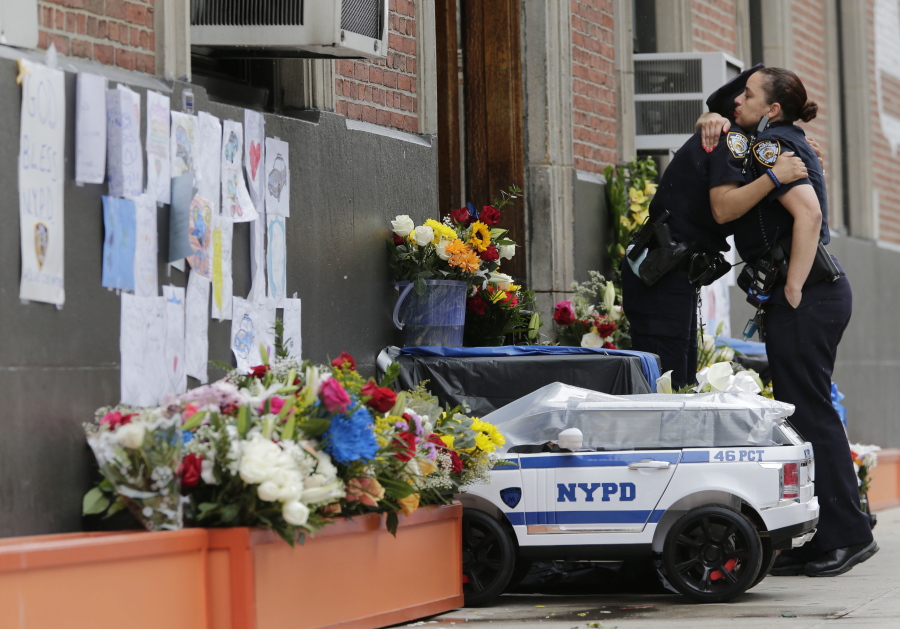NEW YORK — Four days before Alexander Bonds ambushed and killed a New York City police officer, he was in a hospital emergency room getting a psychiatric evaluation. The hospital released him the same day.
Now the hospital’s actions are under a state review ordered by the governor. St. Barnabas Hospital says it handled Bonds appropriately and welcomes the inquiry.
The decision was one psychiatrists across the country make regularly: whether patients pose enough danger to themselves or others to require hospitalization. Practitioners say that it’s often a difficult call to make and that even an experienced evaluator can’t predict someone’s behavior.
“Most of the time, it’s very complicated. You’re trying to make an assessment: Is the person going to a home? Is there family? Are they reliable? What was the specific reason they were brought in? Is that likely to occur again?” said Bea Grause, president of the statewide hospital and health system association HANYS and a former emergency room nurse.
Bonds, 34, evidently had a history of mental health problems. There were antidepressant and anti-psychotic medications in his apartment, and his girlfriend told officers she took him to St. Barnabas for the psychiatric evaluation July 1, police said.
He was observed for seven to eight hours in the emergency room, where he was seen by a physician and then a psychiatrist, hospital spokesman Steven Clark said.
“We believe the proper protocols and standards were met,” he said.
By the night of July 4, Bonds’ paranoid, erratic behavior worried his girlfriend enough that she called police to look for him. They didn’t find him before he marched up to a parked police vehicle and shot through the window just after midnight, striking Officer Miosotis Familia in the head. Soon after, officers shot and killed him after they say he drew a weapon on them.
The state Health Department said it plans to interview St. Barnabas staffers, conduct inspections and examine records to review Bonds’ case and the hospital’s policies and prescribing practices.
Under state law, people can be involuntarily hospitalized for at least 48 hours if they pose a substantial risk of causing serious injury to themselves or others.
“If you’re making a determination that someone’s a danger to themselves or others, you better be pretty clear about it. Because you’re taking away their liberties,” said Grause, whose association represents hospitals and nursing homes.
Psychiatrists caution that the risk can be difficult to pinpoint.
“While psychiatrists can often identify circumstances associated with an increased likelihood of violent behavior, they cannot predict dangerousness with definitive accuracy,” the American Psychiatric Association said in a 2012 position statement.
Doctors and other hospital staffers can encounter agitated emergency room patients they’ve never seen before.
Some patients arrive clearly violent, and others are just having a bad drug reaction that will wear off. But “there’s this vast gray area in the middle that takes a lot of experience, a lot of knowledge and balancing all of the factors that go into a good assessment,” said Dr. Vivian Pender, a New York City psychiatrist and public affairs representative for the New York County Psychiatric Society.



